Onion Thrips ????
slowpoke_gardener
11 years ago
Related Stories
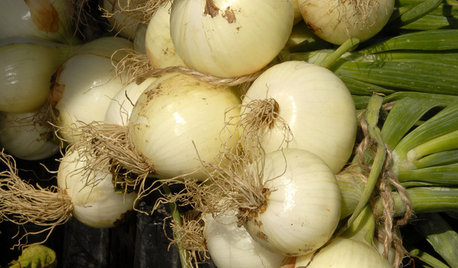
COOL-SEASON CROPSCool-Season Vegetables: How to Grow Onions
Essential for a cook's garden, onions come in many varieties and show staying power on the shelf
Full Story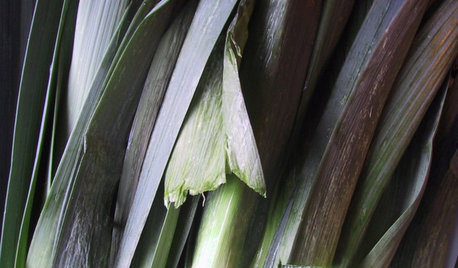
COOL-SEASON CROPSCool-Season Vegetables: How to Grow Leeks
Elegant in the garden and handy in the kitchen, onion-related leeks are worth the effort
Full Story
GARDENING GUIDES11 Favorite Edibles for Your Cool-Season Garden
Plant crunchy carrots, crisp radishes, tender peas and other vegetables for fall and spring harvests
Full Story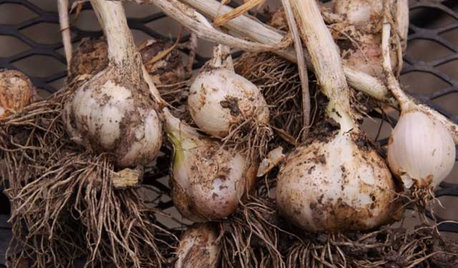
COOL-SEASON CROPSCool-Season Vegetables: How to Grow Garlic
Beloved in a wide range of dishes the world over, garlic thrives in a fall garden and is easy to grow
Full Story






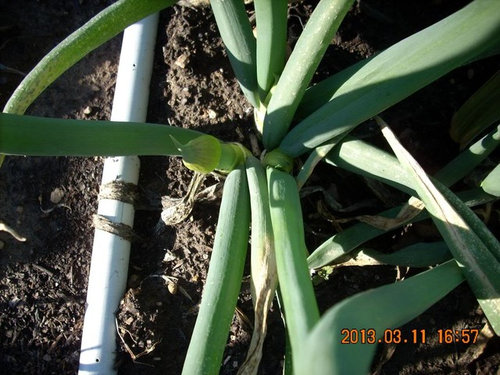
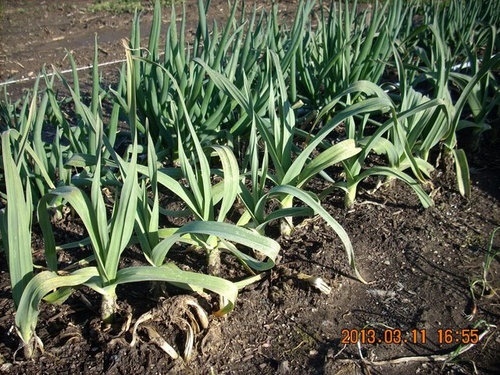

Okiedawn OK Zone 7
slowpoke_gardenerOriginal Author
Related Professionals
Ashburn Landscape Architects & Landscape Designers · Grand Haven Landscape Architects & Landscape Designers · La Marque Landscape Architects & Landscape Designers · Summit Landscape Architects & Landscape Designers · Concord Landscape Contractors · East Chicago Landscape Contractors · Fridley Landscape Contractors · Holtsville Landscape Contractors · Ronkonkoma Landscape Contractors · Tigard Landscape Contractors · Maplewood Landscape Contractors · Fort Myers Decks, Patios & Outdoor Enclosures · Frisco Decks, Patios & Outdoor Enclosures · Lafayette Decks, Patios & Outdoor Enclosures · Little Rock Decks, Patios & Outdoor EnclosuresOkiedawn OK Zone 7
oldbusy1
slowpoke_gardenerOriginal Author
elkwc